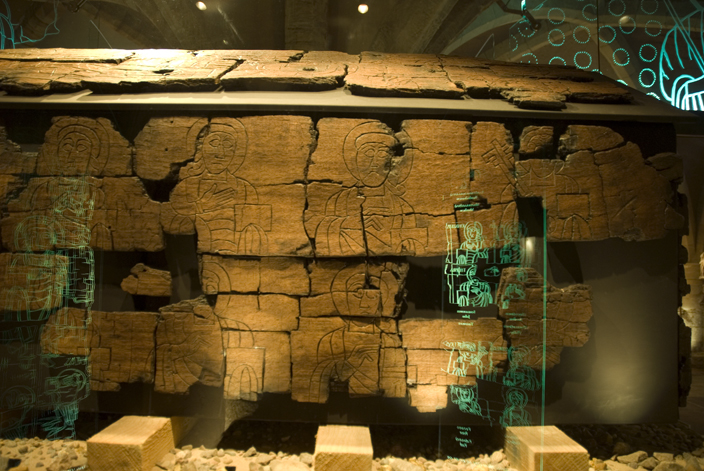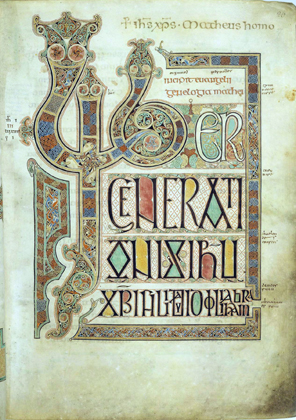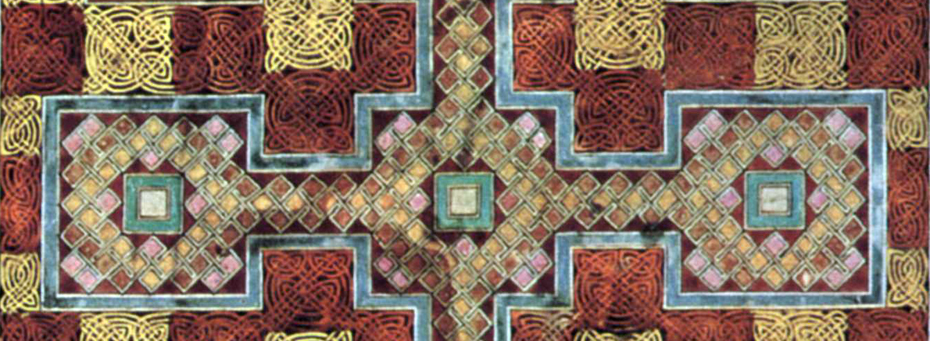Beyond Life: The Body of Cuthbert
The Wonder-Worker of England
The story of Cuthbert does not end at his death. In 698, Cuthbert's tomb on Lindisfarne was reopened and it was discovered that his body had not decomposed in any way. His tomb quickly became a magnet for pilgrims. Miracles reported at his grave became so numerous that Cuthbert was called the ‘Wonder-worker of England’. As a result of these miraculous occurrences, he was canonised as a saint.

Cuthbert's coffin, containing his incorrupt body, attracted a huge number of pilgrims, and ensured that the religious community associated with the saint was revered, wealthy, but also vulnerable to Viking raids.
© Jeffrey Veitch

Page from the Lindisfarne Gospels, written at Lindisfarne in the late 7th century, and taken with the community of St Cuthbert as they travelled around the north-east of England. Along with the St Cuthbert's other relics, it reached Durham in the tenth century. It is now in the British Library.
The Viking Raids
In June 793, Lindisfarne Monastery was attacked by Vikings, the first major such raid on Britain, in what was to become a frequent occurrence over the next few decades. Monasteries were prime targets as they were wealthy and undefended.
Leaving Lindisfarne
In 875, the monks of Lindisfarne became alarmed by the threat of Danish invasion and decided to flee. They took with them their most precious possessions, including the relics of Saint Cuthbert, and the Lindisfarne Gospels. They wandered for a full seven years, until 883, when they were given a church at Chester-le-Street, near Durham. Ironically, their benefactor was a Danish king who had converted to Christianity.
From Chester Le-Street to Ripon
In the late 10th century another Danish invasion threatened, so the body of Cuthbert was moved again, this time to Ripon, over 300 years after Cuthbert had first come to the abbey as a master. After only a few months at Ripon, Cuthbert was once more carted off.
The intention was to return to Chester-le-Street, but on the way the bones lay at Durham, where apparently signs were shown indicating that this was the place the saint wished to be buried.
How did Cuthbert’s body end up in Durham?
There are two stories about Cuthbert’s eventual resting place in Durham. Which one do you prefer?

